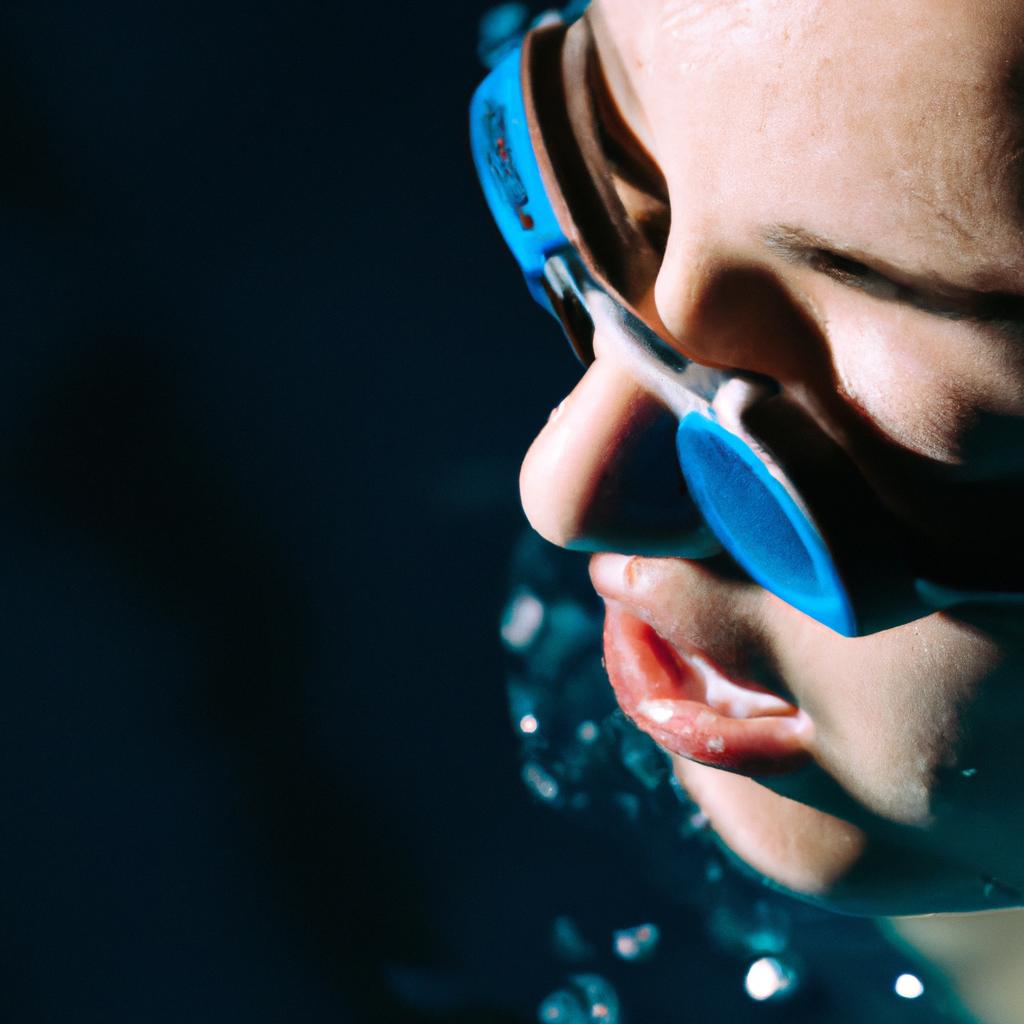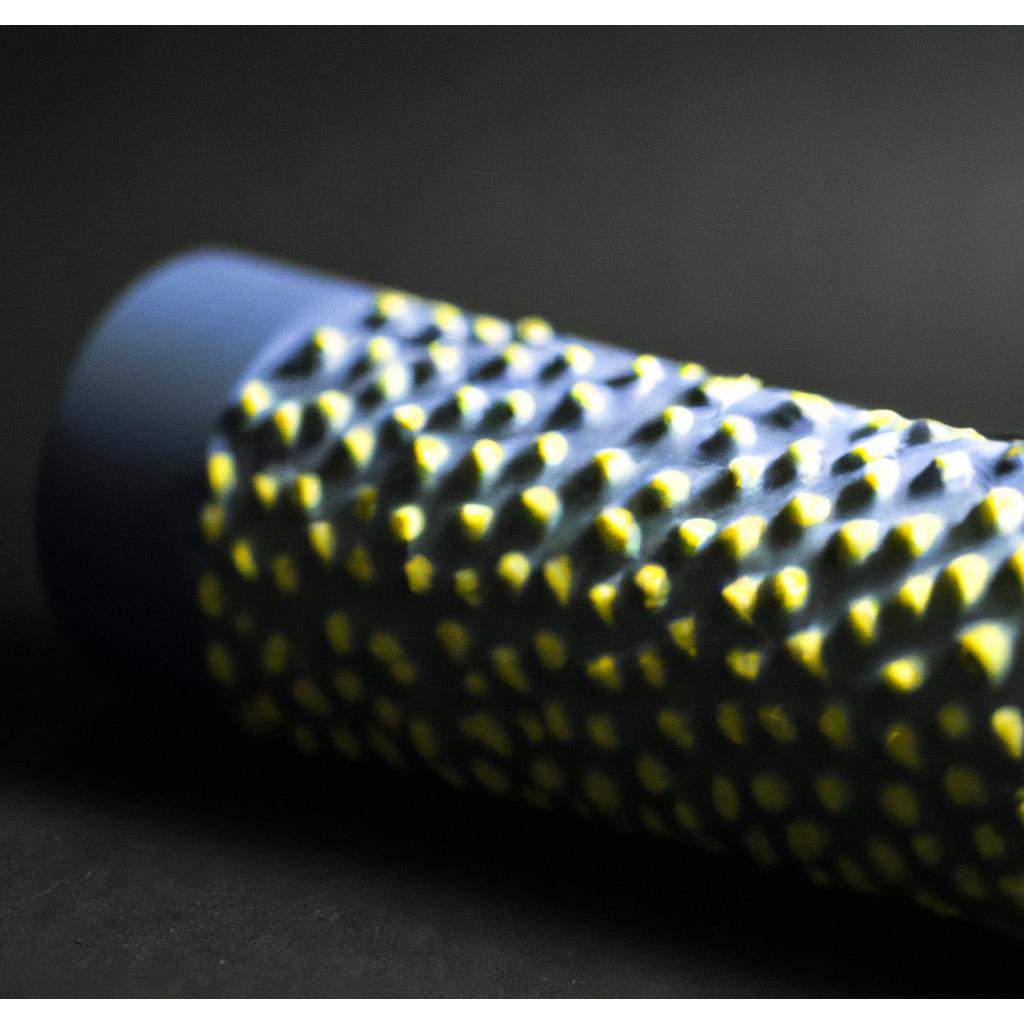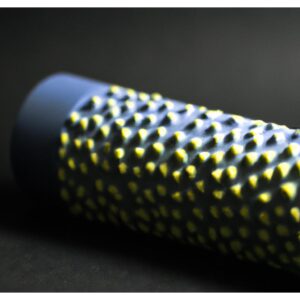Mastering Bilateral Breathing: Techniques to Enhance Stroke Efficiency and Endurance in Swimming
# Mastering Bilateral Breathing: Techniques to Enhance Stroke Efficiency and Endurance in Swimming
Swimming is an incredible full-body workout that combines strength, endurance, and technique. One of the most crucial aspects of swimming efficiently is mastering bilateral breathing. This technique not only enhances stroke efficiency but also improves overall endurance in the water. Whether you’re a novice swimmer or an experienced athlete, incorporating bilateral breathing into your routine can lead to significant improvements in your performance. In this blog post, we’ll explore various techniques for mastering bilateral breathing, nutrition tips to support your training, and the health benefits associated with this skill.
## Understanding Bilateral Breathing
### What is Bilateral Breathing?
Bilateral breathing refers to the practice of breathing on both sides while swimming. This technique allows swimmers to maintain a balanced stroke and reduces the risk of developing muscle imbalances. By learning to breathe on both sides, swimmers can improve their body position in the water, leading to increased efficiency and reduced drag.
### Importance of Bilateral Breathing
In competitive swimming, bilateral breathing is essential. It helps swimmers develop a symmetrical stroke, which is critical for maintaining optimal speed and endurance. Additionally, bilateral breathing allows for better sighting during open-water swims, enhancing navigation and overall performance.
## Techniques for Mastering Bilateral Breathing
### Start with Drills
To master bilateral breathing, begin with specific drills that focus on this technique. A few effective drills include:
1. **Single Arm Freestyle**: Swim freestyle using one arm while breathing to the side of the active arm. Alternate arms every 25 meters or so to build comfort breathing on both sides.
2. **3-3-3 Drill**: Swim three strokes with your right arm, three with your left, and then three full strokes. This drill helps to reinforce the rhythm of bilateral breathing while maintaining stroke efficiency.
3. **Side Kicking**: Kick on your side while practicing bilateral breathing. This drill emphasizes body positioning and encourages a natural rotation of the hips, which is crucial for effective breathing.
### Incorporate Breathing Patterns
Once you’re comfortable with drills, focus on incorporating bilateral breathing into your regular swimming routine. Start by breathing every three strokes, then progress to every five strokes as you become more comfortable. This gradual increase will help your body adapt to the new pattern without creating excessive fatigue.
## Nutrition Tips
Proper nutrition plays a significant role in enhancing your swimming performance. Here are some essential nutrition tips to support your training:
1. **Hydrate**: Staying hydrated is crucial for optimal performance. Ensure you drink plenty of water before, during, and after your swim sessions.
2. **Balanced Diet**: Focus on a balanced diet rich in carbohydrates, lean proteins, and healthy fats. Carbohydrates provide the necessary energy for high-intensity workouts, while proteins aid in muscle recovery.
3. **Pre-Workout Snacks**: Consider consuming a light snack 30-60 minutes before training. Options like a banana, yogurt, or a protein bar can provide the energy needed to sustain your workout.
4. **Post-Workout Recovery**: After swimming, replenish your energy stores with a combination of carbohydrates and protein. A smoothie with fruits and protein powder or a meal with lean meat and whole grains can aid in recovery.
## Exercise Advice
In addition to practicing bilateral breathing, consider incorporating the following exercises into your routine to enhance your overall swimming performance:
1. **Core Strength Training**: A strong core is vital for maintaining stability and balance in the water. Incorporate exercises like planks, Russian twists, and leg raises into your routine.
2. **Flexibility Training**: Stretching and flexibility exercises can improve your range of motion, contributing to a more efficient stroke. Consider yoga or dynamic stretching before your swim sessions.
3. **Cardiovascular Conditioning**: Swimming is an excellent cardiovascular workout, but adding other forms of cardio, such as running or cycling, can improve your endurance and overall fitness.
## Health Benefits
Mastering bilateral breathing offers numerous health benefits beyond improved swimming performance. Some of these include:
1. **Improved Lung Capacity**: Regular practice of bilateral breathing enhances your lung capacity, allowing for more efficient oxygen exchange during exercise.
2. **Enhanced Muscle Balance**: Bilateral breathing promotes muscle symmetry, reducing the risk of overuse injuries that can occur from favoring one side.
3. **Increased Mental Focus**: Learning a new skill like bilateral breathing requires concentration,















Post Comment